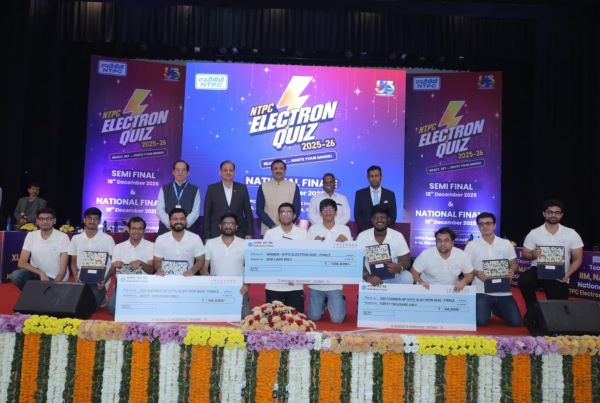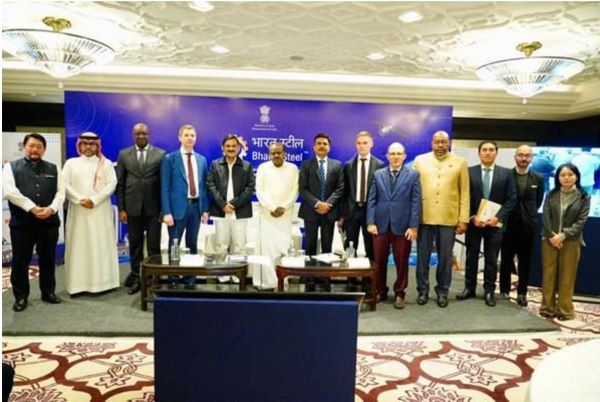
Team News Riveting
The hike in the steel price by 55 per cent in the last six months has reasons to justify if the experts in the sector are to be believed.
The minister for Ministry of micro, small and medium enterprises (MSME) and highways, Nitin Gadkari has recently written a letter to Prime Minister Narendra Modi seeking his intervention over the steep hikes at the prices of steel and cement, both inputs for construction.
“Steel companies have raised the rates by 55 per cent in the last six months. I have written to the Prime Minister and have suggested that the issue should be discussed at the highest level. This (the price hike) is not good,” Gadkari said at an Assocham event.
It is however important to delve into some facts and figures on the increase of steel price. Of the major reasons include the surge in iron ore prices from $104 per ton to $168 per tonne—a 1000 rupees increase in iron ore prices will impact minimum Rs 2000 per tonne in steel making.
The scrap prices have gone up from $300 to $ 480 per month in the last 3 months while internationally, the pig iron prices have gone up from $330 to $ 480 per tonne. Moreover, the Sponge iron / DRI/HBI prices have gone up from $280 to $450 per tonne globally.
The ocean freight has gone up by 25 per cent for vessels and 50 per cent on containers. The pellet prices internationally have gone up from $115 to $183 per tonne. Last deal done by PSU – KIOCL is at $183 per tonne.
Even the domestic freight by trucks has gone up by 20/30 per cent. The only item where the prices have gone down is coking coal and that is by $15 to $20 per tonne but due to increase in freights/demurrage at ports and increase in transportation cost the benefit could not be reaped.
Experts believe that the steel industry is still passing through a very challenging situation. Steel mills are profitable today but it is not abnormal and the hike in prices is a pass on of the input cost increases.
The banks are still having a negative outlook on the steel industry and charging the highest rate of interest.
The accumulated losses made by the steel industry in the past are huge and many steel plants have gone to bankruptcy. This has led to the net shortage of steel in the country. Unfortunately, no new steel plant has been installed in the country in the last 3 years. The demand for steel is increasing and the pent up demand by MSME’s and Projects has further increased the appetite.
The Chinese, Japanese and Korean mills are not competitive. Their prices are much higher than the Indian mills. The trend may continue till the minerals and other raw material prices are softened.



